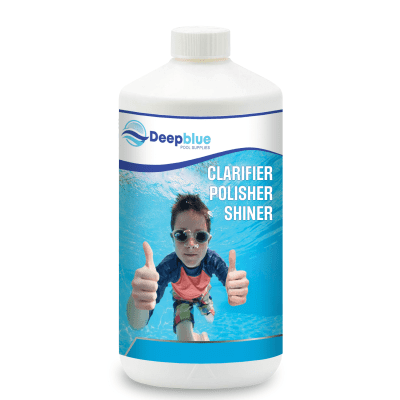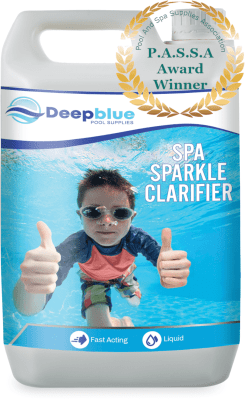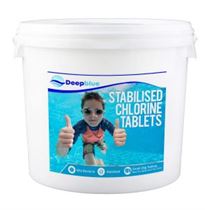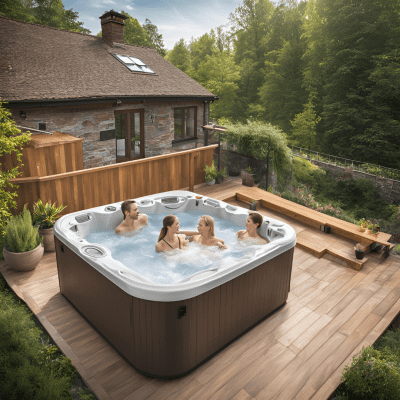Blogpool, Hottub, Maintenance
A guide to owning a hot tub and swim spa – FAQs
1. How do I determine the volume of water my hot tub holds?
Knowing your hot tub’s water volume is crucial for proper water care. You can find this information in your owner’s manual or online, typically on the manufacturer’s website. If you can’t locate it, contact the manufacturer directly.
To calculate the volume yourself, you can use the Exterior Dimension Method or the Fill Time Method. The Exterior Dimension Method uses the hot tub’s dimensions and a formula based on its shape. However, the Fill Time Method is more accurate as it considers the hot tub’s interior features. For the Fill Time Method, measure how long it takes to fill the tub and a one-gallon bucket with the same water pressure. Divide the time it took to fill the hot tub by the time it took to fill the bucket to get an approximation of your tub’s volume in gallons.
2. What kind of filter does my hot tub use, and how often should I clean it?
Most hot tubs utilise cartridge filters. These filters work by circulating water through the system, trapping debris within the filter media. The trapped contaminants are then removed, ensuring clean water returns to the hot tub.
Maintaining a clean filter is vital for optimal hot tub performance. The frequency of cleaning depends on usage, but generally, rinsing the filter with fresh water every week is recommended. Additionally, a monthly chemical cleaning using a filter cleaner product is advised. Every 3 to 4 months, your filter should be soaked in a chemical solution for 24 hours for deep cleaning. Remember to replace your filter according to the manufacturer’s recommendations.
3. How do I start my hot tub for the first time?
Starting a hot tub correctly is crucial to ensure its longevity and proper function. Here’s a step-by-step guide:
- Clean the Shell: Before filling, clean your hot tub shell thoroughly with a mild soap and water solution. Rinse well.
- Install the Filter: Place a new filter cartridge into the filter well. If your hot tub has multiple filters, install them in all filter wells.
- Fill Your Hot Tub: Fill the tub with water through the filter area, allowing the water to flow through the system and expel trapped air. Using a hose filter to remove impurities from the water source is recommended. Fill the hot tub to the level specified in your owner’s manual, typically about an inch above the highest jets.
- Prime the Pump: Once filled, turn on the power and activate the pump for a few seconds at a time until you see air bubbles coming from the jets. Continue running the pump until all the air is released.
- Add Start-Up Chemicals: Before adding chemicals, calculate your hot tub’s volume using the methods mentioned earlier. Once the water reaches 80°F (30°C), start adding chemicals. Refer to Chapter 6 of your owner’s manual for detailed instructions on adding chemicals to your hot tub water.
Water Chemistry and Maintenance
4. How do I maintain the chemical balance in my hot tub water?
Balancing your hot tub water involves maintaining specific levels of pH, alkalinity, and calcium hardness. Here’s a guide:
- Test the Water: Test your water at least once a week using test strips or a digital testing kit to check the levels of free chlorine (or bromine), pH, total alkalinity, and calcium hardness.
- Adjust Alkalinity: If alkalinity is low, add an alkalinity increaser. If it’s high, use a pH decreaser to lower it.
- Adjust pH: Add a pH increaser to raise pH if it’s too low and a pH decreaser if it’s too high.
- Sanitize the Water: Add your chosen sanitizer, whether chlorine, bromine, biguanide, mineral sanitizer, or a UV system. Refer to the owner’s manual for dosage instructions.
- Add Calcium Chloride: Increase calcium hardness levels if necessary.
Regular testing and adjustments will ensure crystal-clear, safe, and comfortable water.
5. What are the different types of hot tub sanitizers available?
Several types of sanitizers are available, each with its pros and cons:
- Chlorine: A popular choice, available in granular, liquid, or tablet forms.
- Bromine: A good option for hot tubs as it remains stable in hot water.
- Biguanide: An alternative sanitizer that requires a separate oxidizer to work effectively.
- Mineral Sanitizers: These work alongside chlorine or bromine to reduce the amount of traditional sanitizer needed.
- Ultraviolet (UV) Systems: These use UV light to neutralize bacteria but require a small amount of chlorine or bromine as backup.
Your choice depends on your preferences and water chemistry needs.
6. Why is my hot tub water cloudy?
Cloudy hot tub water can be caused by various factors:
- High pH: If pH levels are too high, calcium can precipitate out of the water, causing cloudiness.
- High Alkalinity: High alkalinity can also contribute to cloudy water, especially when combined with high pH.
- Low Sanitizer Levels: Insufficient sanitizer levels allow bacteria and other microorganisms to multiply, making the water appear cloudy.
- Dirty Filter: A clogged filter can’t effectively remove debris, leading to cloudy water.
- High TDS (Total Dissolved Solids): Excessive dissolved minerals and chemicals can contribute to cloudy water.
To address cloudy water:
- Balance Your Water Chemistry: Test and adjust pH, alkalinity, and calcium hardness levels.
- Clean or Replace the Filter: Rinse the filter weekly and chemically clean it monthly. Replace it as needed.
- Shock the Water: Use a chlorine or non-chlorine shock treatment to kill bacteria and oxidize contaminants.
- Consider a Clarifier: A clarifier product can help clump together fine particles, making them easier for the filter to remove.
If the problem persists, seek professional help to diagnose and address the root cause.
7. How often should I drain and refill my hot tub?
Generally, draining and refilling your hot tub every 3 to 4 months is recommended. However, several factors can influence this frequency:
- Bather Load: Frequent use with multiple bathers will require more frequent draining and refilling.
- Water Chemistry: Poorly maintained water chemistry can necessitate more frequent water changes.
- Water Source: Hard water or water with high mineral content may require more frequent water changes.
Draining and refilling your hot tub allows you to start fresh with balanced water chemistry and helps prevent the buildup of contaminants and minerals that can damage your spa’s components.
8. What are some common hot tub problems and how can I troubleshoot them?
Here are a few common hot tub problems and troubleshooting tips:
- No Power: Check the GFCI breaker, ensure the power cord is securely plugged in, and inspect the wiring for any damage.
- Weak Water Flow: Check for a clogged filter, low water level, a malfunctioning pump, or an air lock in the system.
- Cold Water: Check the heater operation, water level in the heater, and the high limit switch. Refer to error codes for specific issues.
- Malfunctioning Jets: Clean jets thoroughly, remove any obstructions, and check for air locks or low water pressure.
- Tripping GFCI Breaker: Look for loose wiring, a worn breaker, worn components, or component flooding.
- Error Codes: Consult your owner’s manual for specific error codes and their troubleshooting steps.
Remember to prioritize safety when working with electrical components and consult a professional if needed.












